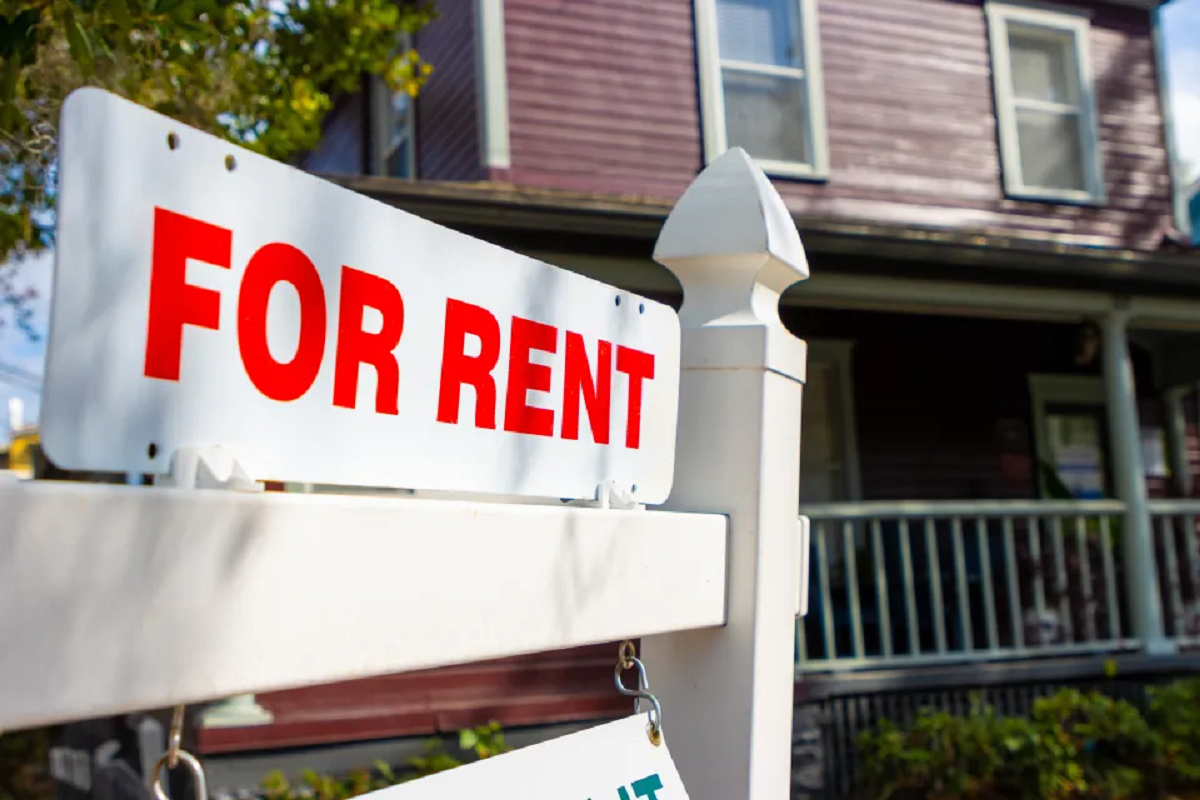U.S. mortgage rates rise nearly 7% for third consecutive week
By the close of the second week of August, the U.S. 30-year fixed mortgage rate rose to 6.96%, further prolonging the challenges this represents for the housing market.
According to data released by Freddie Mac on Thursday, the U.S. 30-year fixed mortgage rate increased to 6.96% at the close of the week of August 10, representing the third consecutive week of increases from 5.22% a year ago.
Although mortgage rates still remain below the 7% threshold for Sam Khater, Freddie Mac’s chief economist, “there is no doubt that continued high rates will prolong affordability challenges for longer than expected,” he said.
However, the specialist points out that “upward pressure on rates is a product of a resilient economy with low unemployment and strong wage growth, which has historically kept purchasing demand solid,” he noted.
The Fed’s policies have affected the housing market.
This latest figure represents the highest level since November of last year and up from 6.5% in May of this year. This increase is largely due to the Federal Reserve’s strategy, which since last year has pushed for steadily rising interest rates to control inflation and bring it to its 2% target.
Currently, interest rates have been increased 11 times, standing at 5.50% after their pause in June, and according to Jerome Powell, Chairman of the Federal Reserve, two more increases can be expected by the end of this year, but this monetary policy has caused housing affordability to reach its lowest levels in decades.
This is due to two main reasons, homeowners do not want to leave their previous lower rates, while for buyers it is more expensive to do so with the current rate at an additional amount to this is added to the low inventory in the housing market that ends up slowing sales.
Bob Broeksmit, MBA’s president and CEO, says, “Because of these higher rates, there has been a significant pullback in mortgage application activity. Both prospective buyers and sellers are feeling the pressure of higher rates, as well as low housing inventory, which has caused a pronounced slowdown in activity this summer,” he said.

